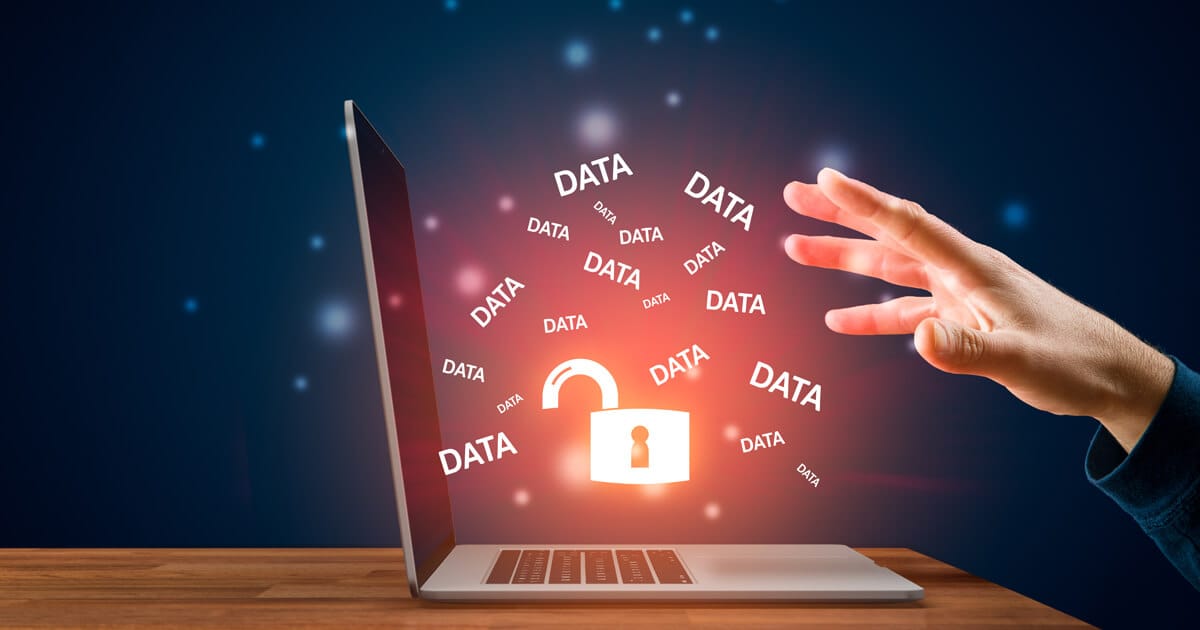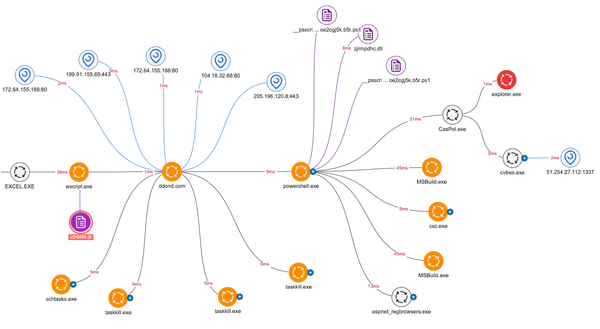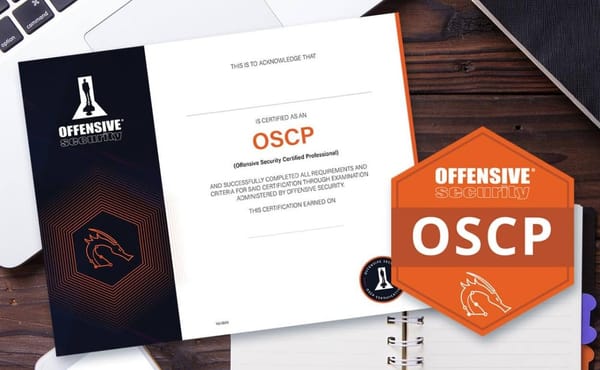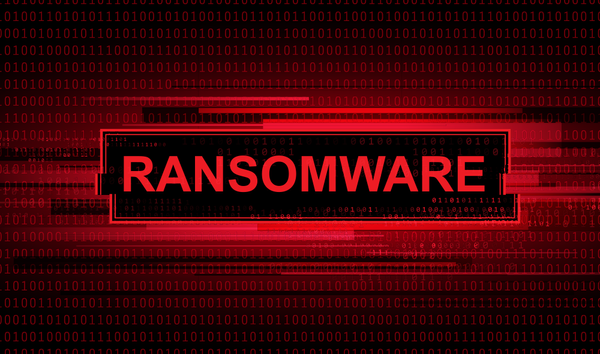Data Leak Prevention: Building an Effective Enterprise DLP Program from Scratch

In today's data-driven business environment, sensitive information flows across networks, devices, and cloud services at unprecedented rates. According to recent statistics, the average cost of a data breach has risen to $4.45 million in 2023, with regulated industries such as healthcare and finance facing even steeper financial consequences. Beyond direct costs, organizations suffer reputational damage, regulatory penalties, and loss of customer trust when sensitive data is compromised. A robust Data Leak Prevention (DLP) program has become an essential component of enterprise security architecture, providing the controls and visibility needed to safeguard critical information assets.
This comprehensive guide will walk security professionals through the process of building an effective enterprise DLP program from the ground up, covering everything from initial data discovery to advanced detection techniques and incident response procedures.
Understanding Data Leak Prevention Fundamentals
Before diving into implementation details, it's crucial to understand what a comprehensive DLP program entails and how it differs from other security controls.
What is Data Leak Prevention?
Data Leak Prevention (DLP) refers to a set of technologies, processes, and strategies designed to detect and prevent the unauthorized use, transmission, or storage of sensitive information. An effective DLP program addresses three key states of data:
- Data in Use: Information being actively accessed or processed by users
- Data in Motion: Information traveling across networks
- Data at Rest: Information stored in databases, file systems, or endpoints
Unlike traditional perimeter security or access controls, DLP solutions focus specifically on the content of information rather than just the containers or channels that hold or transport it.
The Increasing Need for DLP
Several factors have elevated the importance of DLP in modern security programs:
- Remote Work Expansion: The shift to distributed workforces has expanded the corporate data perimeter
- Cloud Migration: Enterprise data now spans multiple cloud services and software-as-a-service applications
- Regulatory Requirements: Regulations like GDPR, HIPAA, PCI-DSS, and CCPA impose strict data protection mandates
- Sophisticated Threats: Advanced threats specifically target sensitive data, requiring content-aware protection
- Insider Risk: Accidental data exposure by employees remains one of the leading causes of breaches
According to research from the Ponemon Institute, organizations with mature DLP programs experience 52% fewer data breaches and identify potential incidents 47% faster than those without dedicated data protection controls.
Building a DLP Program: The 7-Phase Approach
Implementing a successful enterprise DLP program requires a structured methodology. The following seven-phase approach provides a proven framework for organizations of any size:
Phase 1: Data Discovery and Classification
The foundation of any effective DLP program is a thorough understanding of what sensitive data exists in your environment and where it resides.
Critical Activities:
Data Inventory: Conduct a comprehensive inventory of data stores, including:
- Structured databases
- File shares and document repositories
- Cloud storage services
- Email systems
- Endpoint devices
- Backup systems
Data Classification: Develop and implement a tiered data classification scheme, typically including categories such as:
- Public
- Internal
- Confidential
- Restricted/Highly Confidential
Automated Discovery: Deploy automated tools to scan for sensitive data patterns across the environment, including:
- Personally Identifiable Information (PII)
- Payment Card Information (PCI)
- Protected Health Information (PHI)
- Intellectual Property (IP)
- Authentication credentials
Organizations should leverage tools like sensitive data discovery solutions to automate the identification of sensitive information across diverse environments.
Phase 2: Risk Assessment and DLP Strategy Development
With a clear understanding of your sensitive data landscape, the next step is to assess risks and develop a tailored DLP strategy.
Critical Activities:
Risk Assessment: Identify and prioritize data-related risks:
- Which data assets represent the highest value to the organization?
- What are the most likely threat vectors for data exposure?
- Which regulatory requirements apply to different data types?
- What are the potential impacts of various breach scenarios?
Strategy Development: Create a DLP strategy document that defines:
- Program goals and success metrics
- Scope of protection (which data, systems, and channels)
- Technical approach and potential solutions
- Integration points with existing security controls
- Resource requirements and timelines
- Implementation phases and priorities
Policy Framework: Develop or update data protection policies:
- Acceptable use policies
- Data handling guidelines
- Data retention and destruction policies
- Remote work and BYOD policies
- Third-party data sharing policies
According to enterprise security research, organizations that align their DLP strategy with business objectives achieve 63% higher user compliance and significantly lower false positive rates.
Phase 3: DLP Technology Selection and Architecture Design
Selecting the right DLP technology components and designing an effective architecture are crucial for program success.
Critical Activities:
Requirements Definition: Define specific technical requirements:
- Detection capabilities needed for each data type
- Coverage requirements (endpoints, network, cloud)
- Performance constraints and scalability needs
- Integration requirements with existing security tools
- Reporting and analytics needs
Solution Evaluation: Assess potential DLP solutions against requirements:
- Enterprise DLP suites
- Endpoint DLP capabilities
- Network DLP technologies
- Cloud Access Security Brokers (CASBs)
- Email DLP technologies
- Specialized solutions for specific data types
Architecture Design: Design a comprehensive DLP architecture:
- Server and console placement
- Endpoint agent deployment strategy
- Network monitoring points
- Integration with directory services
- Cloud service connections
- Policy synchronization approach
When evaluating DLP technologies, focus on solutions that balance comprehensive protection with operational efficiency. The optimal architecture typically involves a combination of endpoint security controls and network-based monitoring.
Phase 4: Policy Development and Configuration
Effective DLP policy development requires balancing security requirements with business needs to minimize disruption.
Critical Activities:
Policy Framework Creation: Develop a structured approach to DLP policies:
- Policy hierarchy (global, departmental, data-specific)
- Exception management process
- Policy testing methodology
- Change management procedures
Content Identification Rules: Create rules to identify sensitive content:
- Exact data matching (EDM) for known datasets
- Regular expressions for pattern matching
- Dictionary terms and keyword combinations
- Document fingerprinting for proprietary content
- Machine learning classifiers for unstructured data
Action Rules: Define automated responses to policy violations:
- Block/allow decisions
- Encryption requirements
- User notifications
- Manager alerts
- Incident escalation
- Quarantine procedures
Testing and Tuning: Validate policy effectiveness before full deployment:
- Lab testing with sample data
- Limited production pilots
- False positive/negative analysis
- Performance impact assessment
The most successful DLP implementations follow a phased approach to policy deployment, starting with monitoring-only policies and gradually implementing preventative controls as confidence in detection accuracy increases.
Phase 5: Implementation and Integration
Careful implementation and integration with existing systems are essential for DLP program success.
Critical Activities:
Phased Deployment: Roll out DLP components in stages:
- Initial deployment to high-risk departments
- Gradual expansion to additional business units
- Incremental addition of data types and policies
- Staged transition from monitoring to enforcement
System Integration: Integrate DLP with complementary security systems:
- Security Information and Event Management (SIEM)
- Identity and Access Management (IAM)
- Cloud security platforms
- Endpoint protection solutions
- Email security gateways
Authentication and Authorization: Configure proper access controls:
- Role-based access to DLP management console
- Separation of duties for policy management
- Privileged access monitoring
- Administrative activity logging
Organizations implementing DLP should consider integration with SIEM solutions to correlate data protection events with other security data for comprehensive threat detection.
Phase 6: User Awareness and Training
The human element plays a crucial role in DLP success. User education and awareness significantly reduce accidental data exposures.
Critical Activities:
Awareness Program Development: Create targeted awareness materials:
- General data protection awareness content
- Department-specific training modules
- Role-based education for high-risk users
- Executive briefings on program goals and requirements
Interactive Training: Implement engaging training methods:
- Simulated data-handling scenarios
- Phishing-style tests for data sharing practices
- Gamified learning experiences
- Regular refresher training
Just-in-Time Education: Provide contextual guidance:
- Educational notifications when violations occur
- Policy reminders when handling sensitive data
- Clear explanations of block actions
- Self-service resources for policy questions
Research shows that organizations with robust user awareness components in their DLP programs experience up to 70% fewer accidental data exposures compared to those focusing solely on technical controls.
Phase 7: Monitoring, Incident Response, and Program Maturation
An effective DLP program requires continuous monitoring, strong incident response capabilities, and ongoing refinement.
Critical Activities:
Operational Monitoring: Establish procedures for ongoing oversight:
- Regular review of DLP alerts and incidents
- False positive/negative analysis
- Performance monitoring
- Compliance reporting
- Executive dashboard maintenance
Incident Response Integration: Incorporate DLP into security incident procedures:
- Data breach response playbooks
- Escalation procedures for DLP alerts
- Forensic investigation processes
- Regulatory notification procedures
- Evidence preservation methods
Continuous Improvement: Mature the program over time:
- Regular policy reviews and updates
- New data type incorporation
- Emerging threat coverage
- Technology evaluation and updates
- Metrics reporting and trend analysis
Organizations should integrate their DLP incident response with broader security operations center processes to ensure rapid and coordinated responses to potential data breaches.
Advanced DLP Use Cases and Techniques
Beyond basic implementation, mature DLP programs address several advanced use cases and leverage sophisticated techniques:
Cloud Data Protection
As organizations migrate sensitive data to cloud environments, specialized DLP approaches become essential:
SaaS Application Controls:
- Cloud Access Security Brokers (CASBs) for API-based monitoring
- Shadow IT discovery and risk assessment
- Contextual access policies for cloud services
- Specialized controls for major platforms (Microsoft 365, Google Workspace, Salesforce)
Infrastructure-as-a-Service Protection:
- Virtual appliance deployment in cloud networks
- Storage bucket scanning and monitoring
- Serverless function data handling controls
- Cross-cloud data movement tracking
Cloud-Native Data Security:
- Cloud provider native DLP capabilities
- Data encryption and tokenization
- Information Rights Management (IRM) integration
- Data residency enforcement
Machine Learning-Enhanced DLP
Modern DLP solutions leverage AI and machine learning to improve detection accuracy:
Advanced Classification:
- Document classification based on content and context
- User behavior analytics to identify abnormal data access
- Entity recognition for unstructured data
- Image analysis for sensitive visual content (e.g., screenshots)
Adaptive Policies:
- Dynamic risk scoring based on multiple factors
- User behavior-based policy adjustment
- Automatic policy refinement based on feedback
- Anomaly detection for unusual data movement
Predictive Analytics:
- Early warning indicators of potential data risks
- Trend analysis for policy violations
- Risk forecasting based on behavioral patterns
- Proactive control recommendations
Zero Trust Data Protection
Integrating DLP with zero trust architectures provides enhanced data security:
Contextual Data Access:
- Risk-based access decisions for sensitive data
- Device posture assessment before data access
- Location and network context for data policies
- Time-based restrictions for high-value information
Micro-Segmentation:
- Data-centric network segmentation
- Application-level data flow controls
- Granular access policies for specific data types
- Data-aware microsegmentation rules
According to cybersecurity frameworks, organizations implementing zero trust principles in their DLP programs achieve 76% faster detection of unauthorized data access compared to traditional approaches.
Common DLP Implementation Challenges and Solutions
Implementing a DLP program typically involves overcoming several common challenges:
Challenge 1: False Positives
Problem: Excessive false positives lead to alert fatigue and reduced user compliance.
Solutions:
- Start with high-confidence detection patterns and gradually expand
- Implement two-tier review processes for ambiguous alerts
- Use exact data matching for known sensitive datasets
- Apply machine learning for improved classification accuracy
- Implement contextual analysis (e.g., business justification)
Challenge 2: Performance Impact
Problem: DLP scanning can impact system and network performance.
Solutions:
- Implement selective scanning based on risk assessment
- Schedule intensive scanning during off-peak hours
- Utilize incremental scanning technologies
- Optimize network monitoring deployment
- Leverage cloud-based processing for intensive workloads
Challenge 3: Encryption Blind Spots
Problem: Encrypted data channels limit visibility for DLP monitoring.
Solutions:
- Deploy endpoint DLP agents for pre-encryption inspection
- Implement SSL/TLS inspection at network boundaries
- Utilize application-level integration for SaaS inspection
- Deploy agent-based monitoring for encrypted channels
- Focus on endpoint controls for encrypted environments
Challenge 4: User Resistance
Problem: Users may resist or circumvent DLP controls.
Solutions:
- Implement gradual enforcement with educational period
- Provide clear explanations of business justification
- Create streamlined exception processes
- Involve department representatives in policy development
- Focus on high-risk use cases first to demonstrate value
Measuring DLP Program Effectiveness
Establishing metrics to evaluate program effectiveness is essential for demonstrating value and guiding improvements:
Operational Metrics
- Alert volume: Total number of DLP alerts generated
- False positive rate: Percentage of alerts that aren't actual violations
- Mean time to detect (MTTD): Average time to identify policy violations
- Mean time to respond (MTTR): Average time to address identified issues
- Exception volume: Number of policy exceptions requested and approved
Business Impact Metrics
- Prevented incidents: Estimated number of prevented exposure events
- Regulatory compliance status: Compliance posture for relevant regulations
- Program maturity score: Assessment against capability maturity model
- Data risk reduction: Measured reduction in data-related risk exposure
- Business enablement: Processes improved through data visibility
Executive Reporting
When reporting to executive leadership, focus on:
- Financial risk reduction achieved
- Compliance status improvements
- Operational efficiencies gained
- Comparison to industry benchmarks
- Return on security investment calculations
Conclusion
Building an effective enterprise DLP program requires a structured approach that balances technical controls with business requirements and user experience. By following the seven-phase methodology outlined in this article, organizations can establish robust data protection capabilities that address modern threats while supporting legitimate business processes.
Remember that DLP is not a "set and forget" technology but an ongoing program that requires continuous monitoring, refinement, and adaptation to changing business needs and emerging threats. Organizations should view DLP as a critical component of a comprehensive data security strategy, complementing other controls like encryption, access management, and security awareness.
For organizations just beginning their DLP journey, start by focusing on your most sensitive data types and highest-risk channels. Establish a strong foundation of data discovery and classification, then gradually expand protection as your program matures. With proper planning and execution, a well-designed DLP program will significantly reduce data breach risk while providing valuable insights into information flows throughout your organization.




